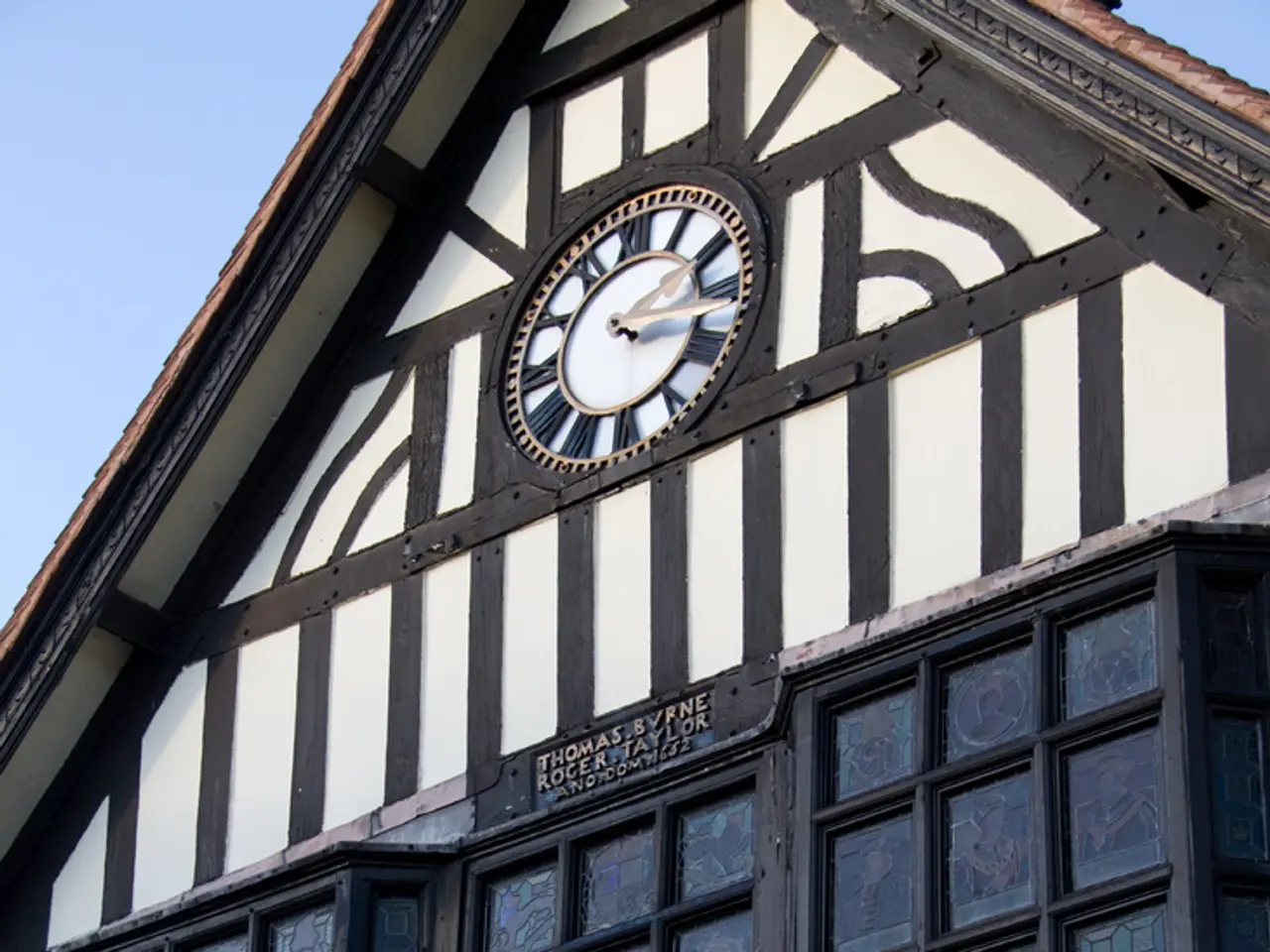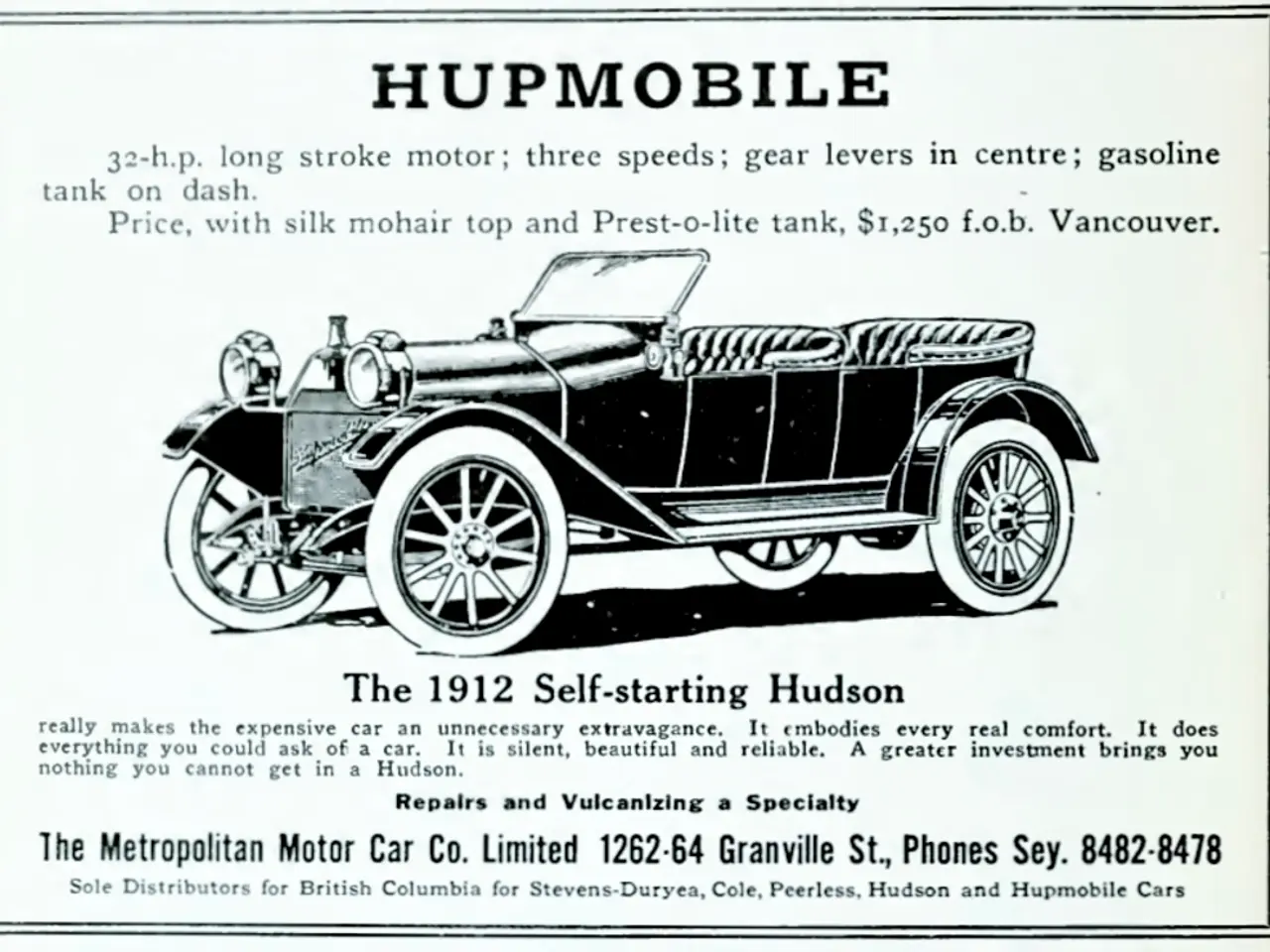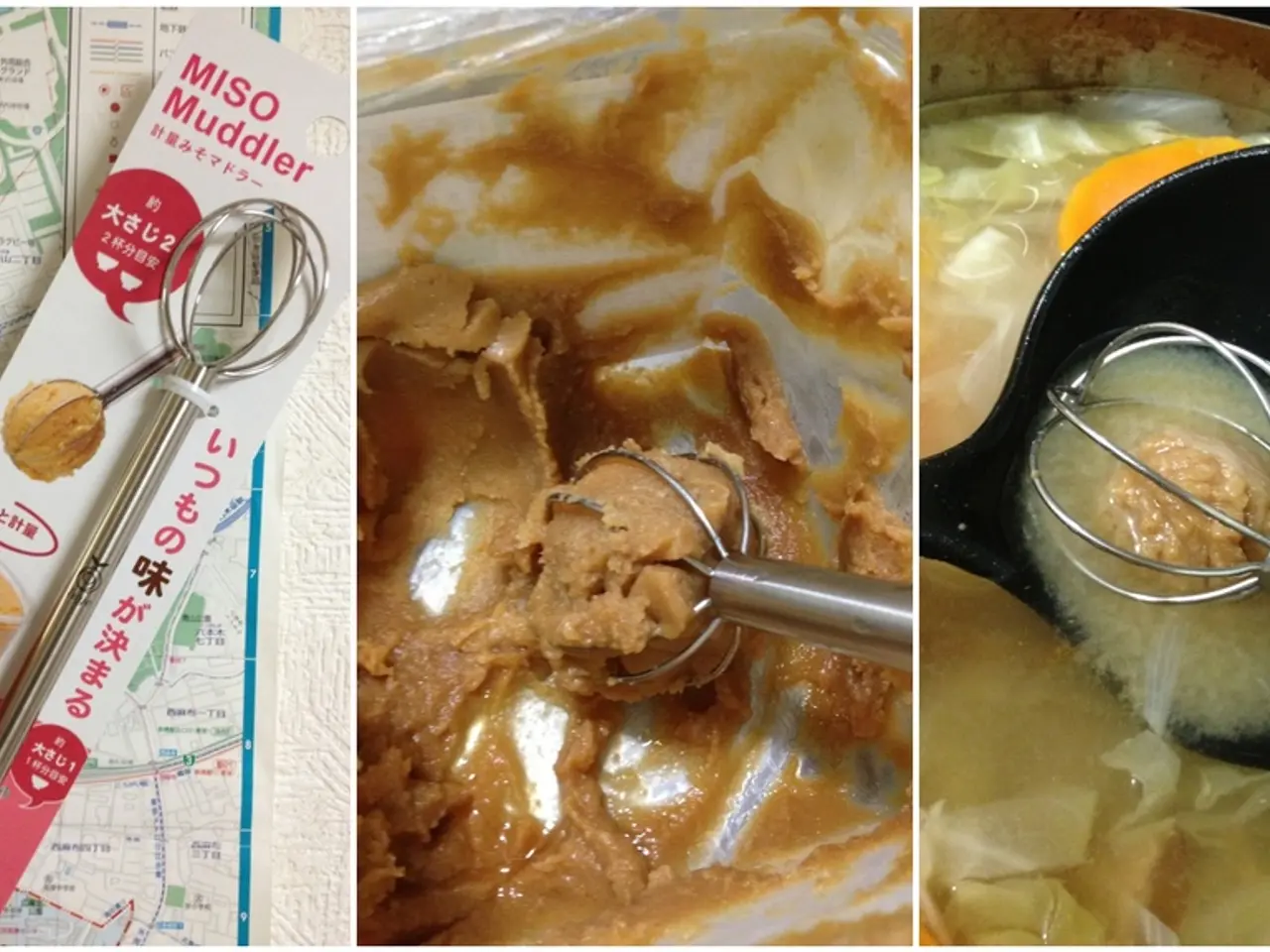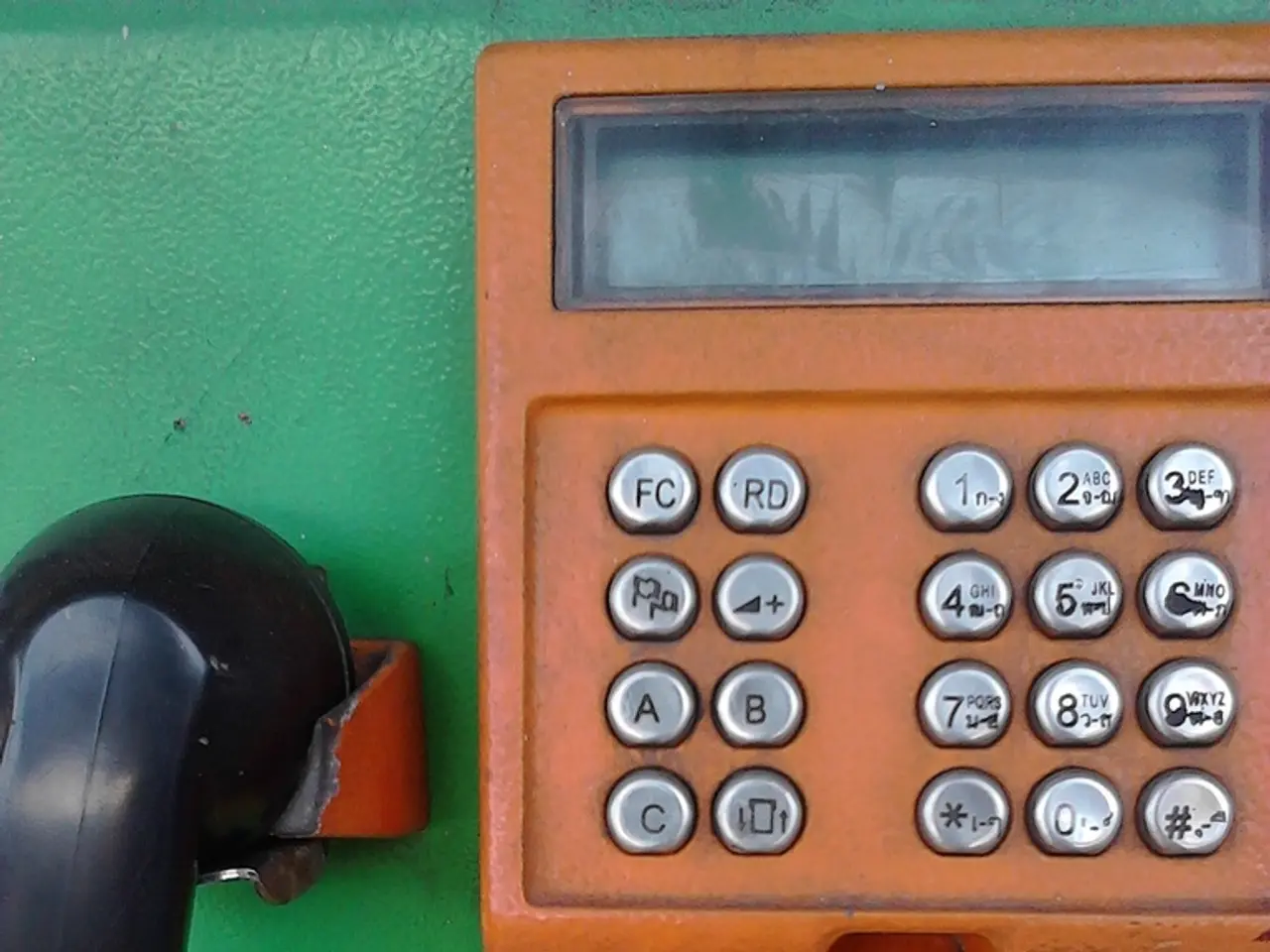Clock Movement Repair in Waterbury Arion
In the world of antique clock restoration, steel-plated movements with brass bushings present a unique blend of advantages and drawbacks. A recent restoration project involving a Waterbury time-only clock, measuring 19 inches long by 12 inches wide, showcases these characteristics.
The Benefits of Steel-Plated Movements with Brass Bushings
The steel plates in this type of movement provide a strong, rigid frame, less prone to flexing compared to all-brass movements. This rigidity can improve the accuracy and longevity of the clock's movement by maintaining precise alignment of gears and escapements. Additionally, the steel plating offers enhanced surface hardness, reducing wear on the movement plates, especially at bearing points. Brass bushings act as low-friction, replaceable bearing surfaces for rotating arbors and pivot shafts, which further reduces metal-on-metal wear.
Moreover, the steel plating, often treated or coated, can offer resistance to corrosion and oxidation compared to bare brass, extending the movement's lifespan.
The Drawbacks of Steel-Plated Movements with Brass Bushings
Despite these benefits, steel-plated movements with brass bushings come with certain challenges. The steel is harder than brass, which can lead to aggressive wear on brass bushings if lubrication is poor or contaminants enter the mechanism, increasing maintenance needs.
Additionally, the mixed-metal design requires careful servicing to avoid damaging softer brass bushings when working on the steel plate. Improper handling or rough tooling can cause deformation or wear. Furthermore, precision machining and plating of steel parts require sophisticated processes and potential high initial costs, as noted for precision machining generally, involving risks like thermal deformation or tooling wear.
Proper Servicing and Maintenance
To ensure the long-term precision and reliability of these movements, proper cleaning, lubrication, inspection, and careful servicing are essential. Movements should be cleaned to remove dust and old lubricant and then lubricated with appropriate clock oils that reduce friction without attracting dirt.
Brass bushings should be checked for wear or ovalization, especially in steel-plated movements where harder steel can accelerate bushing wear. Worn bushings should be replaced or reamed and fitted with new bushings. When disassembling or servicing, use care not to deform the steel plates or damage bushings. Specialized tools and techniques are recommended, respecting the material hardness difference.
Replacement of worn parts is also crucial. While steel plates rarely need replacement, worn brass bushings must be serviced promptly to preserve movement accuracy and prevent steel plate damage. When possible, use manufacturer-approved genuine replacement parts to ensure proper fit and material compatibility.
The Condition of the Restored Waterbury Clock
In the case of the Waterbury time-only clock, the movement is in generally good condition, with minimal wear on the pallets, escape wheel teeth, and all parts in general. However, the author found the steel plates problematic due to tarnish and rusting. The dial, marked "Waterbury", is 8 inches in diameter. The movement came without a glass and bezel, which the author purchased separately.
Interestingly, the pivot on the third wheel requires a 4.50mm outside diameter bushing, but a smaller bushing was used to avoid cutting into the steel plate. The mainspring is a replacement and is oversized for the movement, causing unnecessary wear on the gears. The movement has brass bushing inserts, which the author finds limiting.
In summary, steel-plated clock movements with brass bushings offer enhanced rigidity and wear resistance but demand careful maintenance to manage the steel-brass interface and ensure long-term precision and reliability. Proper cleaning, lubrication, inspection, and careful servicing are essential for maintaining these movements in optimal condition.
Clock repair involving vintage clocks with steel-plated movements and brass bushings can be complicated due to the mixed-metal design's maintenance requirements. The use of a smaller bushing on the Waterbury time-only clock's third wheel to avoid cutting into the steel plate highlights the importance of selecting appropriate gadgets when servicing such clocks.
For optimum results, it's crucial to consider the technology employed in the restoration process, ensuring that the movements maintain their precise alignment and longevity while minimizing wear on the crucial steel-brass interface.




